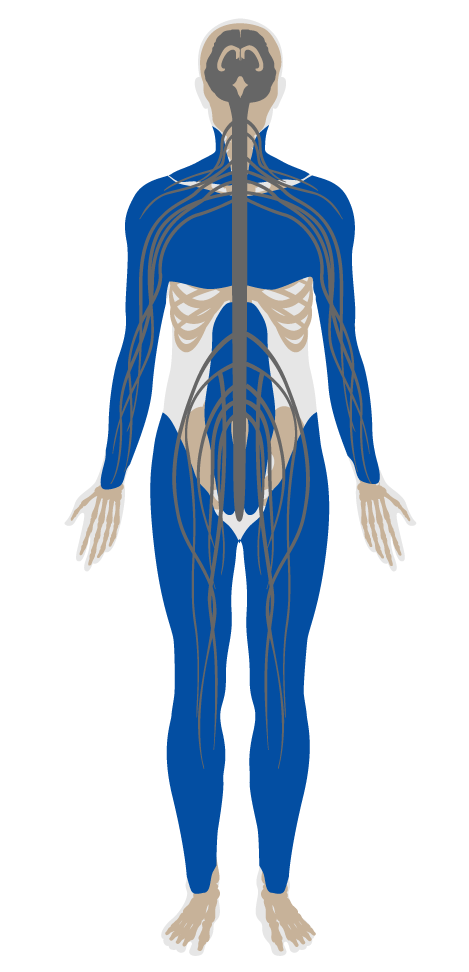Solar glare control
Features/Light/Feature 56
- 53 Visual lighting design
- 54 Circadian lighting design
- 55 Electric light glare control
- 56 Solar glare control
- 57 Low-glare workstation design
- 58 Color quality
- 59 Surface design
- 60 Automated shading and dimming controls
- 61 Right to light
- 62 Daylight modeling
- 63 Daylighting fenestration
- P2 Light at night
- P3 Circadian emulation
Solar glare control
Intent:
To avoid glare from the sun by blocking or reflecting direct sunlight away from occupants.
BACKGROUND
Though bright light during the day is conducive to good health, uneven levels of brightness in the visual field can cause visual fatigue and discomfort. Glare, or excessive brightness, is caused by light scattering within the eye (intraocular scattering), thereby creating a “veil” of luminance that reduces the luminance contrast as received by the retina. In buildings, sources of glare are often unshielded or poorly shielded light, or sunlight directly hitting the eye or reflective surfaces.
At least one of the following is present for all glazing less than 2.1 m [7 ft] above the floor in regularly occupied spaces (excluding lobbies):
a.80
Interior window shading or blinds that are controllable by the occupants or set to automatically prevent glare.
b.
External shading systems that are set to prevent glare.
c.
Variable opacity glazing, such as electrochromic glass, which can reduce transmissivity by 90% or more.
At least one of the following is required for all glazing greater than 2.1 m [7 ft] above the floor in regularly occupied spaces (excluding lobbies):
a.80
Interior window shading or blinds that are controllable by the occupants or set to automatically prevent glare.
b.
External shading systems that are set to prevent glare.
c.
Interior light shelves to reflect sunlight toward the ceiling.
d.
A film of micro-mirrors on the window that reflects sunlight toward the ceiling.
e.
Variable opacity glazing, such as electrochromic glass, which can reduce transmissivity by 90% or more.

